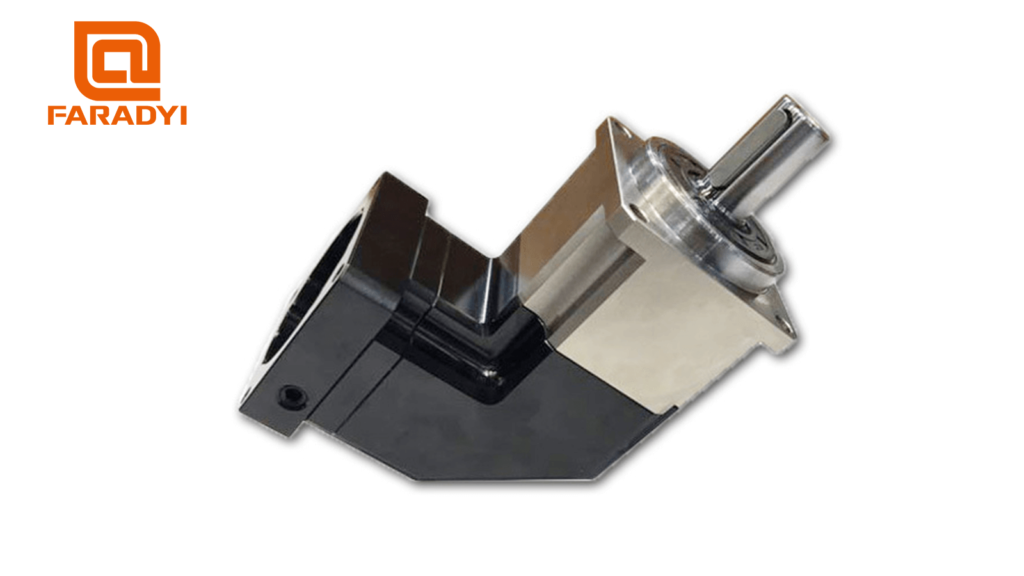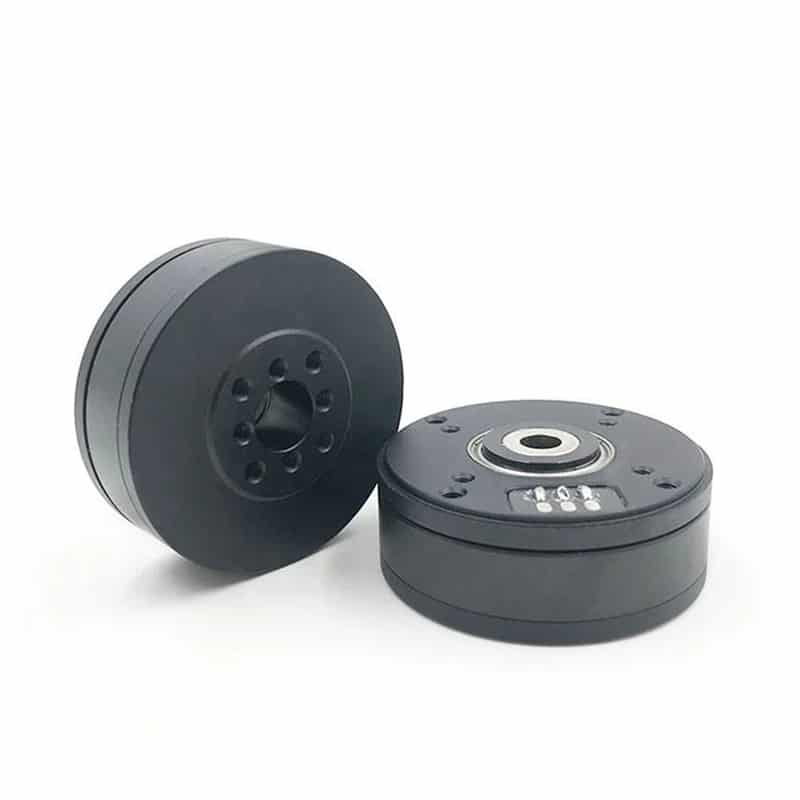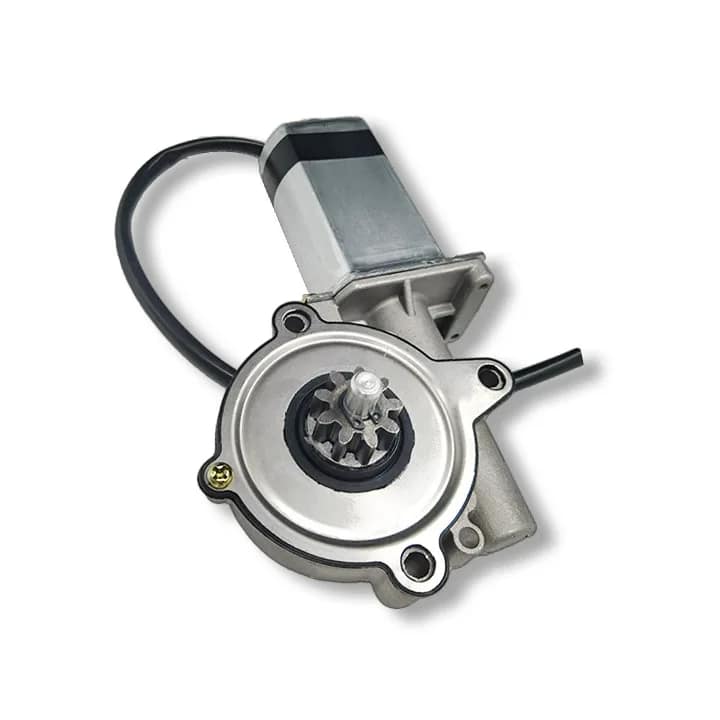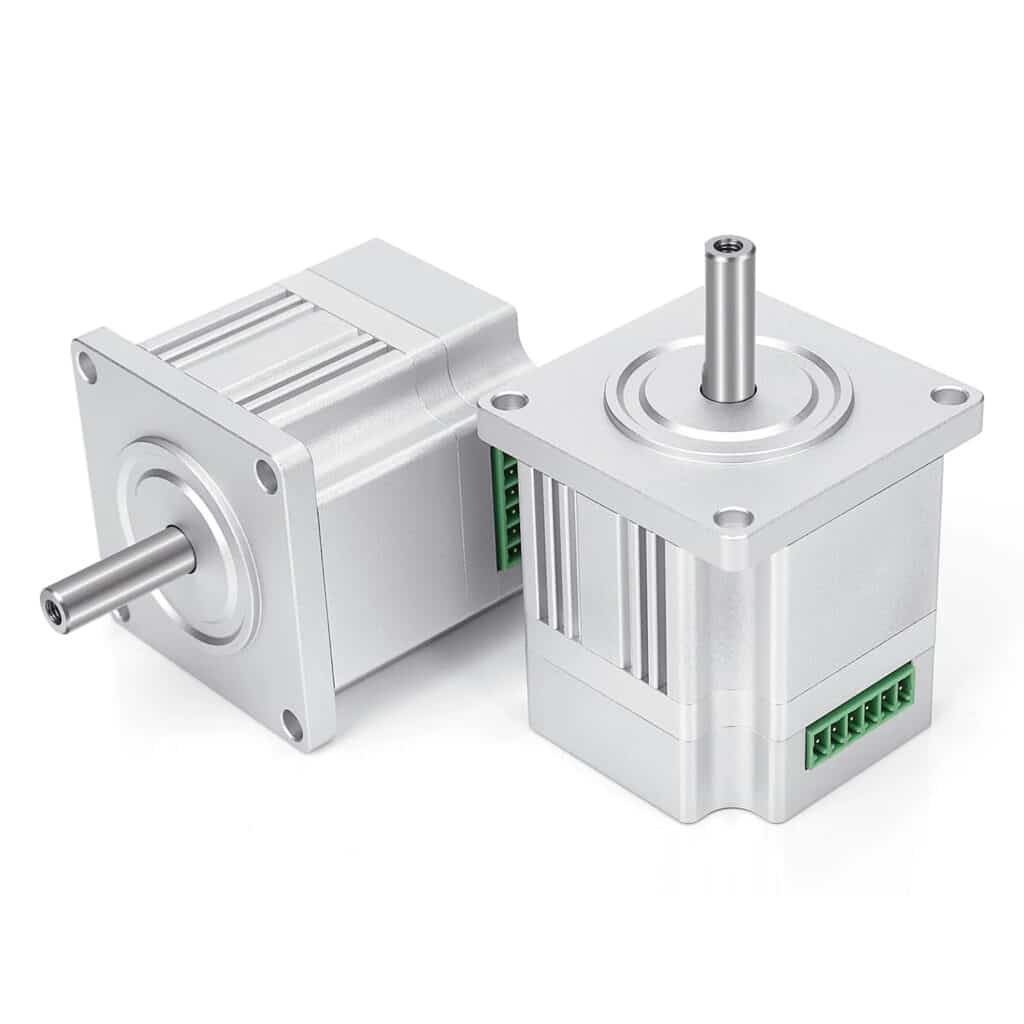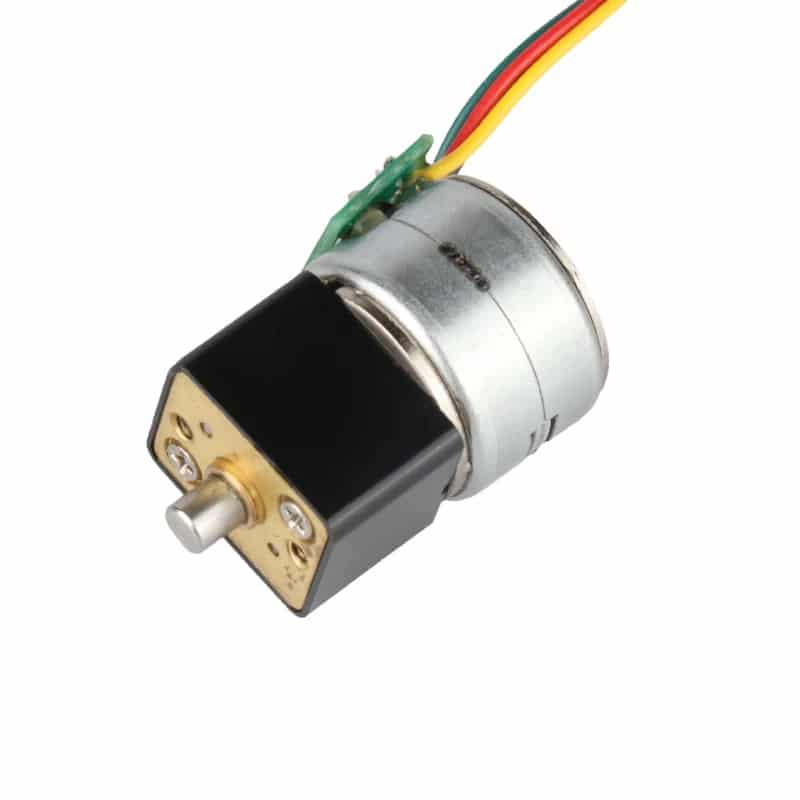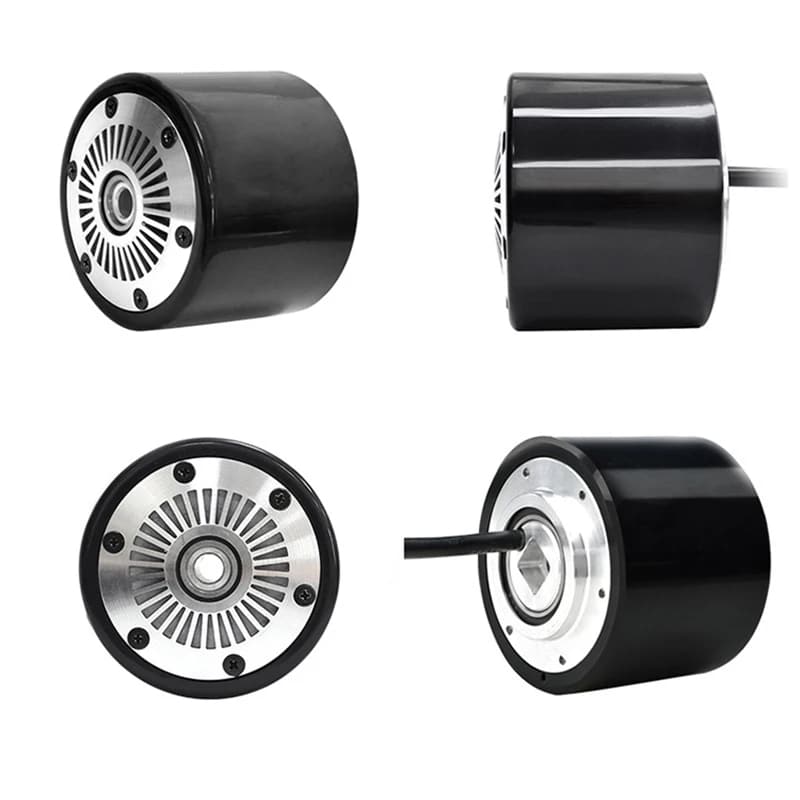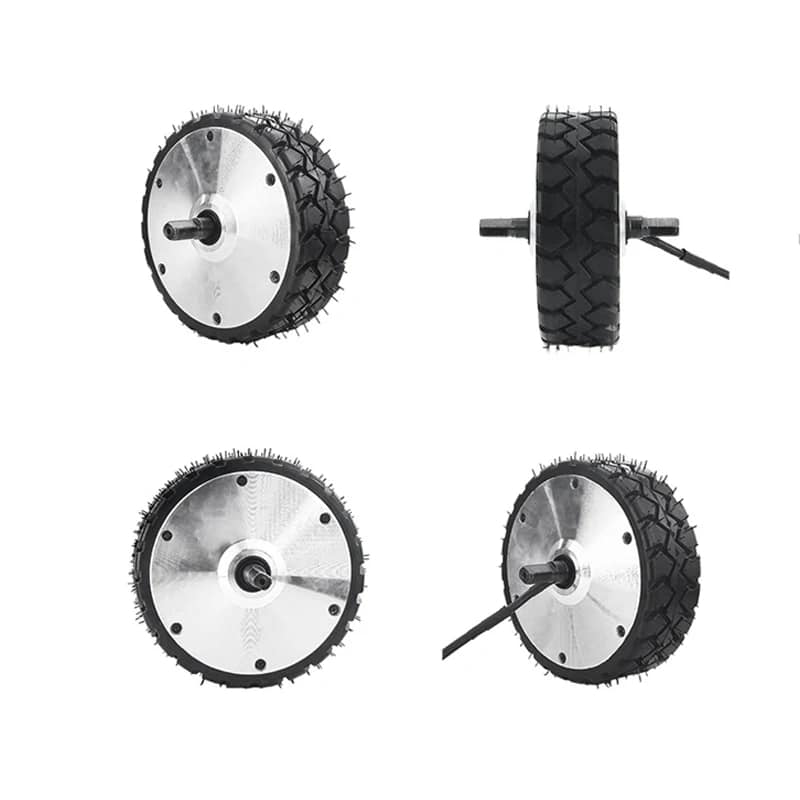Heat Generation and Dissipation
During the operation of a planetary gearbox, its iron core is subjected to alternating magnetic fields, resulting in iron losses. Additionally, the motor winding, when energized, generates copper losses along with other associated losses. These factors contribute to an increase in the temperature of the planetary gearbox. While planetary gearboxes have inherent heat dissipation capabilities, a balance is maintained when heat generation and dissipation are equal. However, any sudden increase in temperature disrupts this equilibrium, causing a continuous rise in temperature and adversely affecting the normal operation of the gearbox.
Temperature Rise
Temperature rise refers to the temperature difference between the planetary gearbox and its surrounding environment. It is typically caused by the heat generated during gearbox operation. Temperature rise is a critical indicator of the heat generation level within the planetary gearbox. If the temperature of the gearbox rises unexpectedly during operation, it signals a potential malfunction, such as blocked ventilation ports or the gearbox operating under overload conditions.
Operating Temperature
Operating temperature refers to the temperature at which the planetary gearbox operates during its expected design life. Prolonged operation at temperatures exceeding the specified working temperature accelerates the aging of insulation materials, significantly reducing the lifespan of the planetary gearbox. Therefore, temperature emerges as a primary factor influencing the lifespan of planetary gearboxes during their operational tenure.
Understanding and managing these factors are crucial for ensuring the optimal performance and longevity of planetary gearboxes in various applications. Regular monitoring and maintenance practices can contribute to the efficient and reliable operation of these precision mechanical components.

